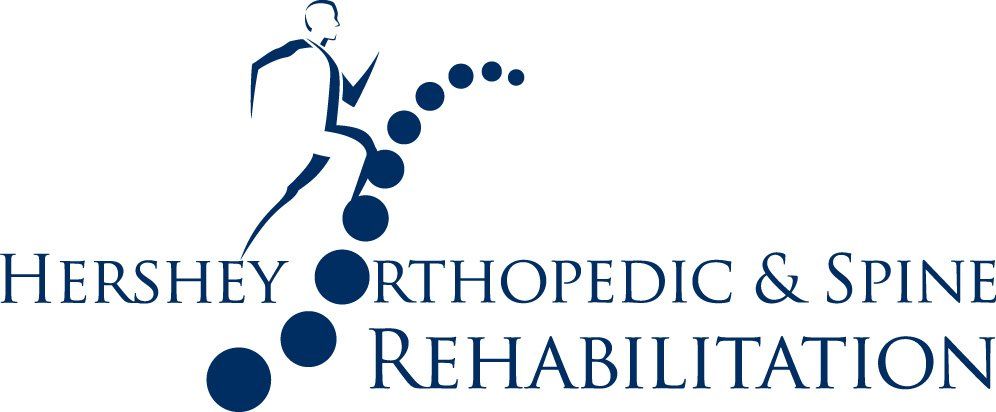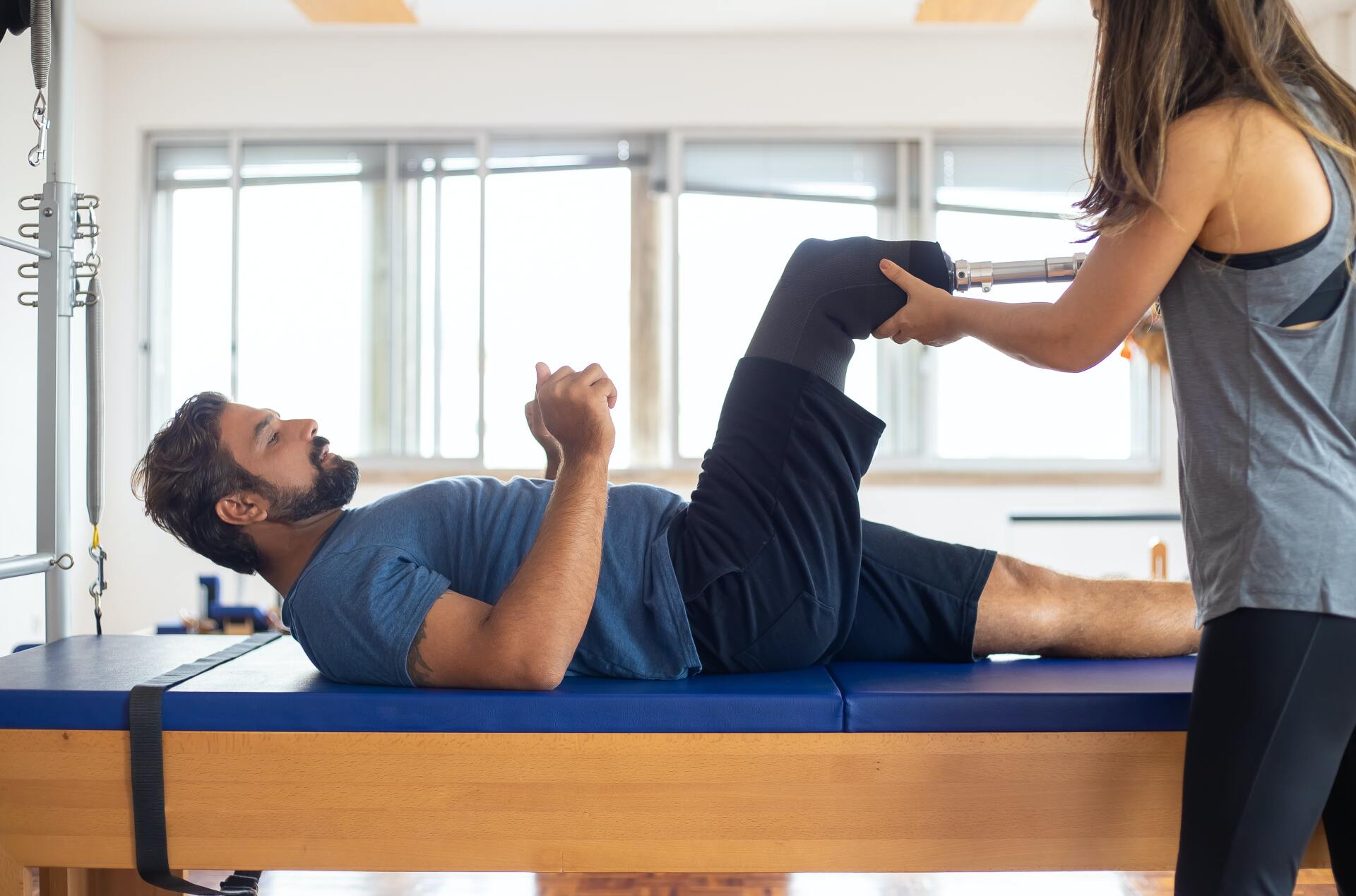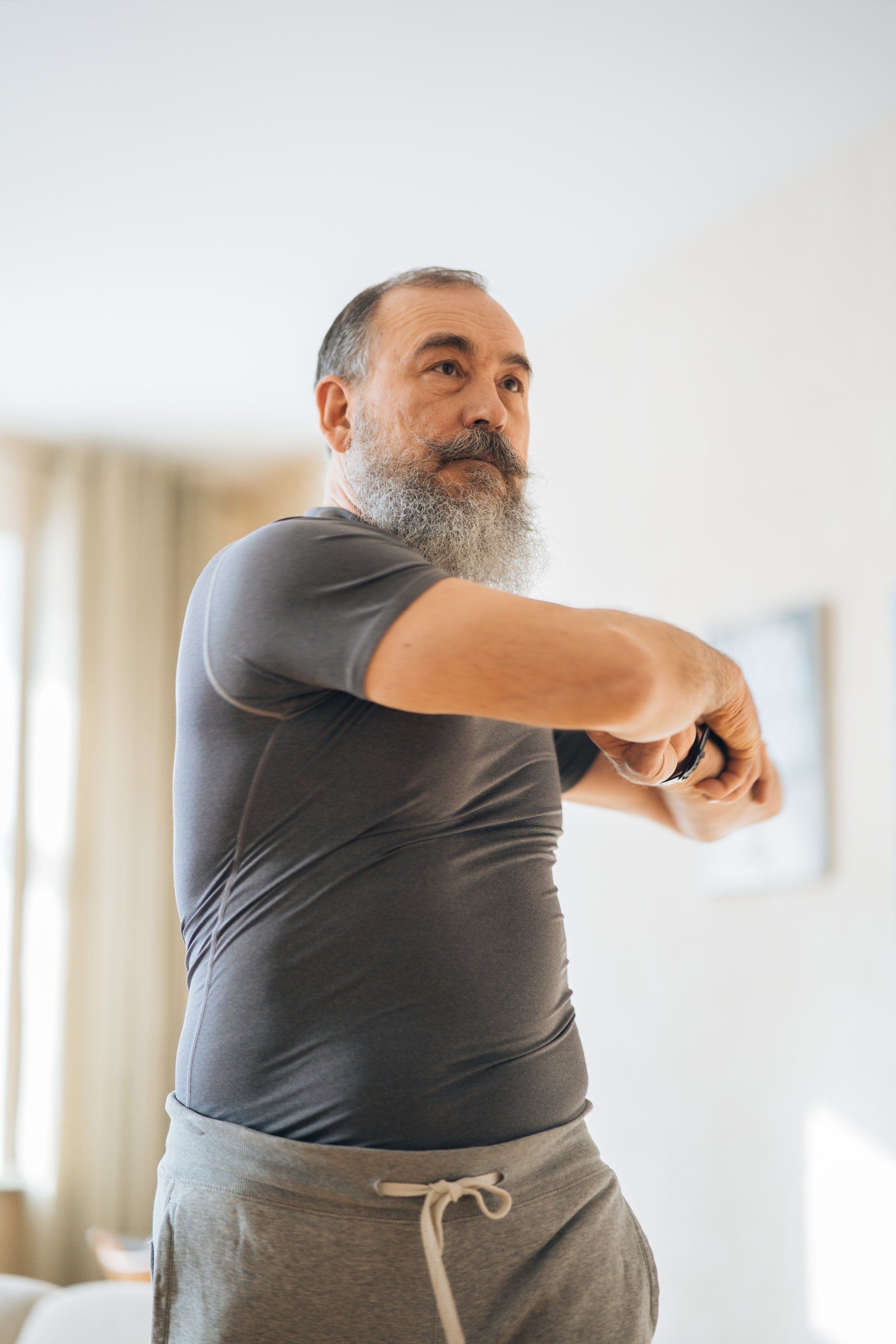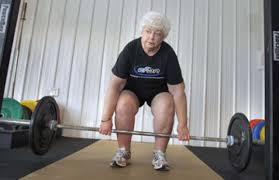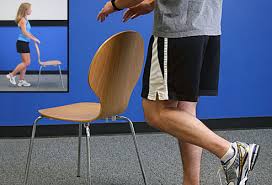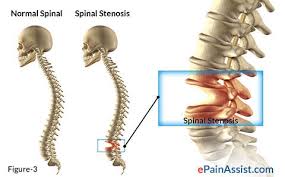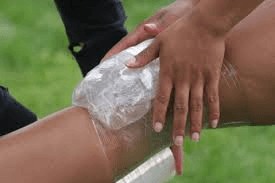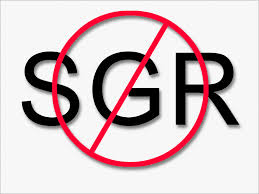Four Side Effects of Having TMJ and How to Avoid Them
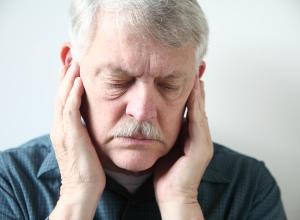
What is TMJ Disorder?
TMJ disorder is characterized by pain in the temporomandibular joint (TMJ), as well as the muscles that control jaw movements. The temporomandibular joint is a sliding hinge that connects the jawbone to the skull. There is one joint on each side of the jaw. Common causes of TMJ disorder include disk erosion, a jaw joint that becomes misaligned, damaged joint cartilage that is caused by arthritis, or an injury or other incident that results in joint damage.
In addition, there are several risk factors that increase the chances of developing a TMJ disorder such as being diagnosed with certain types of arthritis (e.g., osteoarthritis, rheumatoid arthritis), a jaw injury, chronic clenching or grinding of the teeth, and diseases that affect connective tissue. However, the direct cause of TMJ disorder can prove difficult to identify.
Four Common Side Effects of TMJ
The side effects of TMJ disorder vary depending on the severity of the condition, but the four most common ones are:
- Pain and/or difficulty chewing food
- Aching pain in or around the ears
- Tenderness or pain in the jaw, especially in the one or both of the jaw joints
- Locking, clicking, or grating that makes it hard to open and close the mouth
Five Strategies to Alleviate TMJ Pain
There are different strategies that help individuals with TMJ disorder avoid experiencing frustrating symptoms and several of them are described below.
1. Avoid Chewy and Hard Foods
Chewing gum causes excessive movement of the jaw joint and muscles. This places pressure on the temporomandibular joint and does not give the jaw a chance to rest.
Similarly, eating hard food such as apples, carrots, and even bagels, also places unnecessary stress on the jaw. It is important to let the sore muscles and joints in the jaw rest, and eating chewy or hard food is counterproductive to the healing process.
2. Avoid Resting Your Chin on Your Hand
Many people subconsciously rest their chin on their hands while they are working at their desks, watching TV, browsing social media, or studying. Although this position may feel comfortable, it is especially problematic for people with TMJ disorder, as it can cause the jaw to be pushed out of alignment.
More specifically, placing the hand on one side of the chin causes it to push up against the jaw. This can move the joint out of place, create problems when you open and close your mouth, and worsen TMJ pain. Accordingly, try to avoid resting your chin on your hand in order to help the jaw joint maintain its alignment and heal properly.
3. Avoid Chewing on Just One Side
Many people have the habit of chewing on one side of the mouth. Unfortunately, this places pressure and tension on the temporomandibular joint and the muscles that surround it. As a result, people with TMJ disorder who frequently chew on one side may experience increased joint dysfunction and pain.
In order to avoid this side effect, make sure to chew on both sides of your mouth and take steps to address dental problems that may be causing you to chew on one side.
4. Try to Avoid Clenching and Grinding Your Teeth
Clenching the teeth, which is also known as bruxism, may occur while you’re awake as well as when you are asleep due to factors such as work-related stress, a busy schedule, or a life-changing event. For others, it may just be an unintentional habit.
Nonetheless, finding ways to stop clenching the teeth is vital because it is a significant problem for TMJ sufferers. More specifically, it puts the jaw muscles under a significant amount of stress. For people who clench their teeth excessively, a dentist may recommend the use of mouth guards or dental splints.
5. Perform Relaxation Techniques
Relaxation techniques help rest the jaw joint and lessen TMJ-related pain.
One helpful technique involves gradually inhaling and allowing the stomach, not the chest, to expand. This is followed by slowly exhaling for about the same amount of time as inhaling. For example, slowly inhale and allow the stomach to expand for 6 seconds, and then slowly exhale for 6 seconds. Repeat this technique 5 to 10 times.
Another beneficial exercise entails sitting or lying down in a comfortable position with back support and relaxing the muscles to relieve tension. Certain strengthening exercises help relieve tension in the temporomandibular joint as well. To perform this type of exercise, place the thumb under the chin and gently push the chin downward against the thumb. Use the thumb to place a slight amount of force against the chin and begin to slowly open the mouth and hold this position for 5 to 10 seconds. Repeat this exercise several times.
An additional exercise involves placing the tip of the tongue against the roof of the mouth, opening the mouth to a comfortable position, and holding that position for 5 to 10 seconds. Similarly, after placing the tongue against the roof of the mouth, glide the lower jaw forward as far as possible and then backward for about 10 seconds each time.
These types of exercises are easy to perform, reduce tension in the jaw muscles as well as the joints, and help minimize TMJ pain flare-ups, thereby providing long-term relief.
Managing TMJ, Day to Day
Here is a summary of strategies that can help you avoid the side effects of TMJ:
- Try to keep your face and jaw relaxed by keeping your lips together and the teeth slightly apart — this minimizes jaw tension
- Massage the temples, the cheeks, and the jaw regularly
- Avoid clenching or grinding the teeth, and minimize hard or chewy food, including gum
- Make sure to chew on both sides of the mouth and take small bites
- Avoid resting your chin on your hands
- While yawning, use your hand to support your lower jaw
- Avoid biting hard objects such as pencils, fingernails, pens, etc.
- Try to avoid holding the phone between your shoulder and neck
- Perform relaxation, strengthening, and stretching exercises regularly
Combining the strategies above should help prevent flare-ups. If the pain or discomfort persists, a physical therapist at Hershey Rehab can help. Please contact us today to learn more about beneficial approaches for the management of TMJ symptoms.
